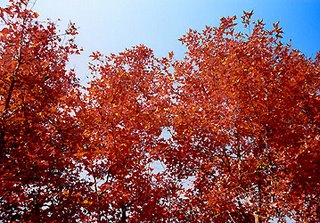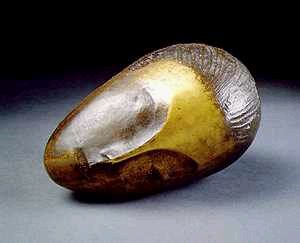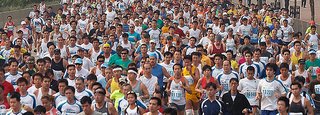
 知床旅情(一)
知床旅情(一)今年初夏,當北海道大部份的高地仍為白雪覆蓋,我踏上了期待已久的知床半島旅程,日本最後的一片真正蠻荒之地。
知床一名來自愛奴語的「シルエトク」(sir etok),意即「大地之盡頭」,或「大地突出之所」。知床半島位於北海道的東部,伸入鄂霍次克海中,貫穿半島中部的「知床連峰」是一系列高度超過1,500公尺的火山,其中包括了知床半島最高峰-1,661公尺高的羅臼岳。
早在1964年,知床半島已成為國立公園。它是日本最具原始自然美的地區之一。半島北端的知床岬地區,更是只能經水路或多日的步行才可到達。公園內是眾多野生物種如棕熊、蝦夷鹿、狐狸、虎頭海鵰、以及瀕臨絕種或當地特有的品種如毛腿漁鴞和知床菫等的天然生息地,對全球多種瀕危海鳥、候鳥、三文魚和海洋哺乳動物(如北太平洋海獅和部份鯨類)的生存繁衍亦十分重要。
因為知床半島在生態及生物多樣性方面不可替代的價值,2005年被正式列入聯合國世界自然遺產名單中。
A Journey to Shiretoko (1)Early summer in 2006, when most parts of the highland of Hokkaido were still covered by snow, I took a trip to Shiretoko, one of the few remaining true wilderness in Japan.
Located on the easternmost portion of Hokkaido, the Shiretoko Peninsula protrudes into the Sea of Okhotsk and the Nemuro Straits. Running longitudinally through the peninsula, a series of volcanoes excessing 1,500m -high form the Shiretoko Renzan (Mountain Range), with the 1,661m-high Mt. Rausu (the highest peak on the peninsula) at the centre.
The name Shiretoko is derived from shiruitoku, an Ainu language word meaning "the end of the land" or "the place where the earth protrudes".
The peninsula was declared a National Park in 1964. It is one of Japan's most beautiful and unspoiled regions. The northern tip (Shiretoko Cape) is only accessiable by boats or by multi-day trekking. It is the home to a variety of wildlife, including the brown bears, the sika dears, the foxes, the Steller's sea eagles, the endangered Blackiston's Fish owl and the Viola kitamiana plant. It is also globally important for threatened sea birds and migratory birds, and for a number of marine mammals, including the Steller's Sea Lions.
In 2005, Shiretoko Peninsula was added to UNESCO's World Natural Heritage Sites List for the irreplaceable value of the peninsula's ecosystem and biodiversity.









